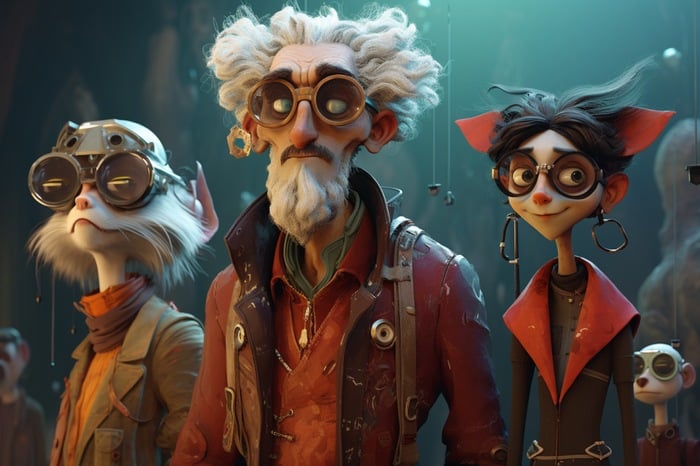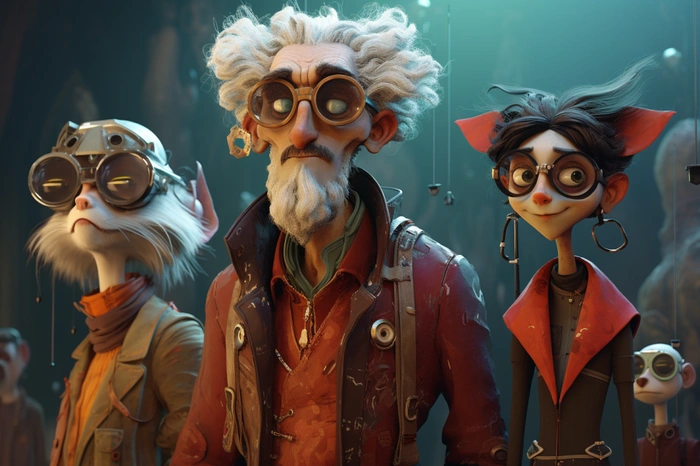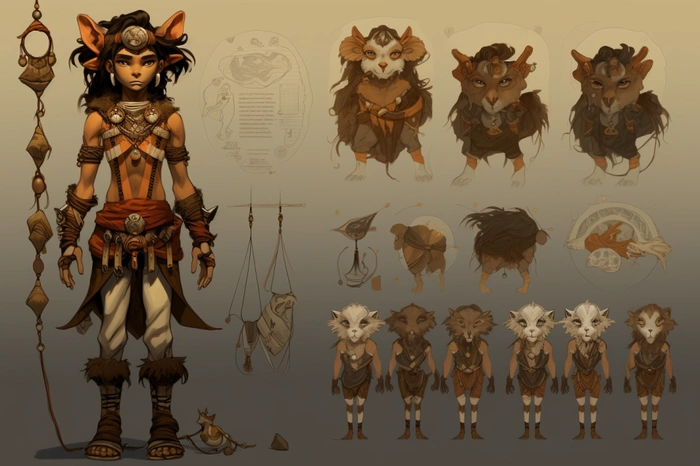If you have been struggling to create AI artwork featuring consistent characters when using Midjourney 5 you might be interested in a new method that will help you master the creation process.
One of the tricky skills to master with Midjourney was previously creating consistent characters when creating books, comics, games and more. Once mastered you will be able to use the same characters in different positions in settings throughout your book or game making it easy to reproduce the same facial features again and again.
The ability to consistently generate a specific character in different scenes and expressions is particularly sought-after by many AI artists. This guide provides more insight into the process of using AI for character generation, specifically focusing on the use of Midjourney and the vary region features, the creation of a character design sheet, and the iterative process to refine character features.
The use of AI in character generation has been made significantly easier with the introduction of Midjourney, a feature that allows artists to generate a consistent character in any scene without the need for additional tools like Photoshop or Dream Booth model training. This method allows for changes in character expression, the addition of objects in their hand, or even adding more people into the scene.
How to master consistent characters in Midjourney
For instance, the character used in a tutorial above kindly created by Glibatree to demonstrate how to place her in any scene in a photorealistic style, regardless of pose, lighting, or composition. The process begins with a prompt for the scene, followed by the use of the ‘vary region’ feature to erase parts of the character that need changing. A new prompt is then written to include everything needed to make the character look correct. This prompt is a combination of an image prompt and a text prompt, with reference images to ensure Midjourney knows what the character should look like.
Character design sheet
Other articles you may find of interest on the subject of Midjourney :
Another crucial aspect of using AI for character generation is the creation of a character design sheet. This sheet, which can be generated in a cartoon watercolor style, includes a series of poses. The character design sheet can then be used to generate a consistent character in different scenes, ensuring that the character maintains their unique features and personality across various settings and situations.
Refining the character’s features is an iterative process that involves taking a screenshot of the preferred feature, pasting it into the Midjourney bot, and using the ‘vary region’ feature to update the feature accordingly. For example, the character’s eyes can be refined using this process.
The ‘slash prefer’ option is another tool that can be used for character consistency. This option allows the user to specify their preferences, which the AI then uses to generate the character in a way that aligns with these preferences. This can be particularly useful when generating the character in different styles and scenes, as it ensures that the character remains consistent across different contexts.
With time and iteration, users can create high-quality images of their character in a variety of poses and angles using AI and Midjourney. The process of using AI for character generation, particularly with the use of Midjourney and ‘vary region’ features, allows for a high degree of flexibility and customization. This, combined with the creation of a character design sheet and the iterative process of refining character features, enables artists to consistently generate a specific character in different scenes and expressions. As the field of AI continues to evolve, it is likely that we will see even more innovative applications in the realm of character design.
Filed Under: Guides, Top News
Latest timeswonderful Deals
Disclosure: Some of our articles include affiliate links. If you buy something through one of these links, timeswonderful may earn an affiliate commission. Learn about our Disclosure Policy.




